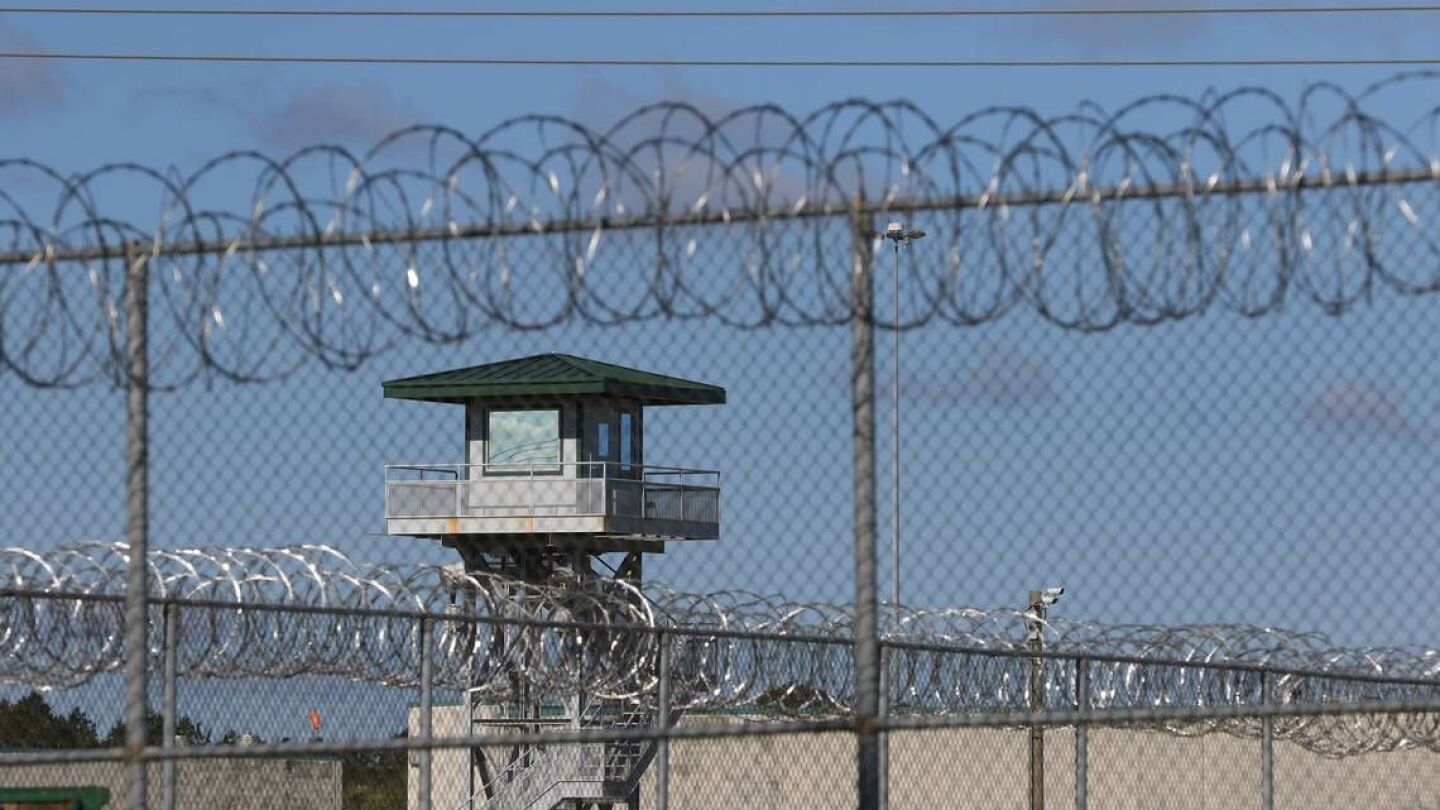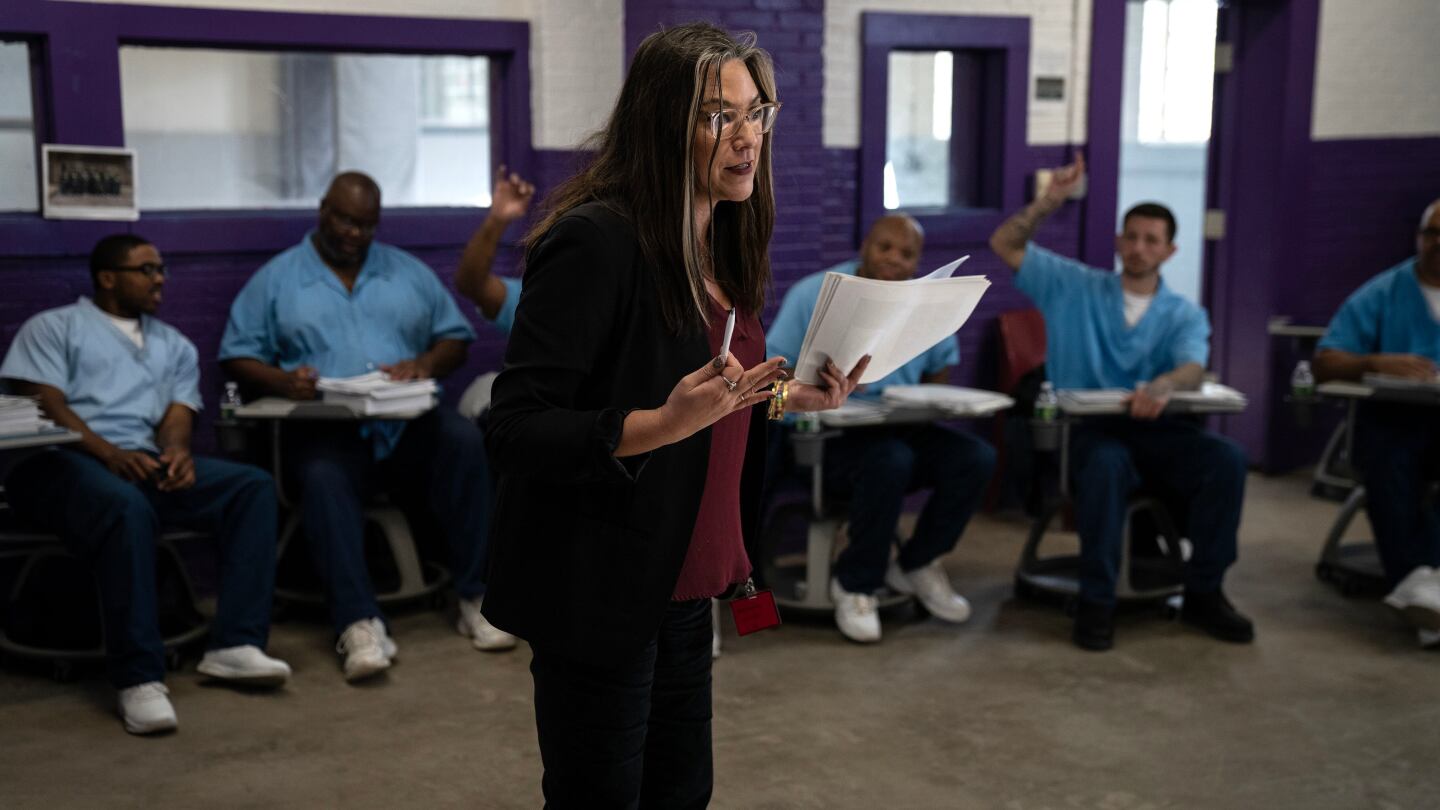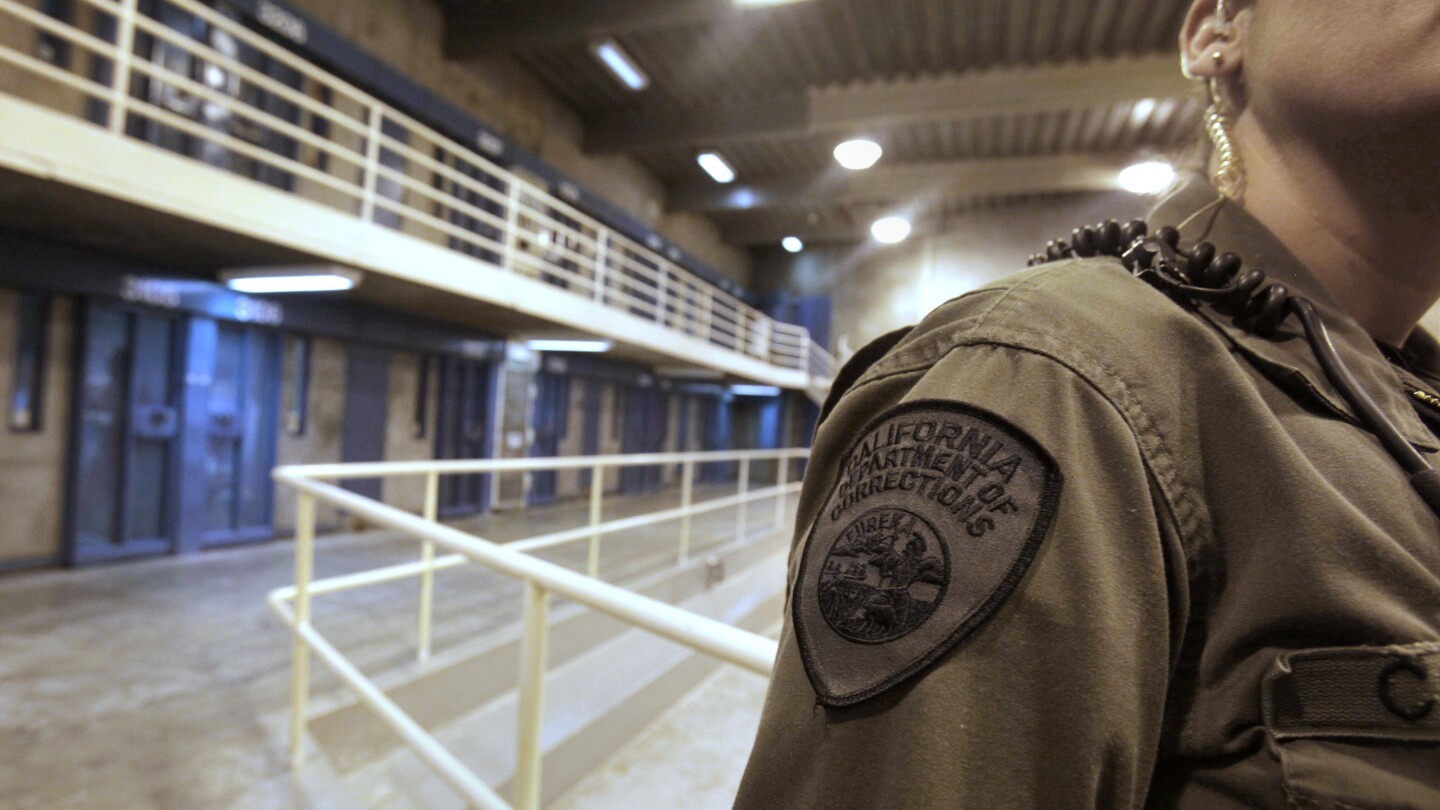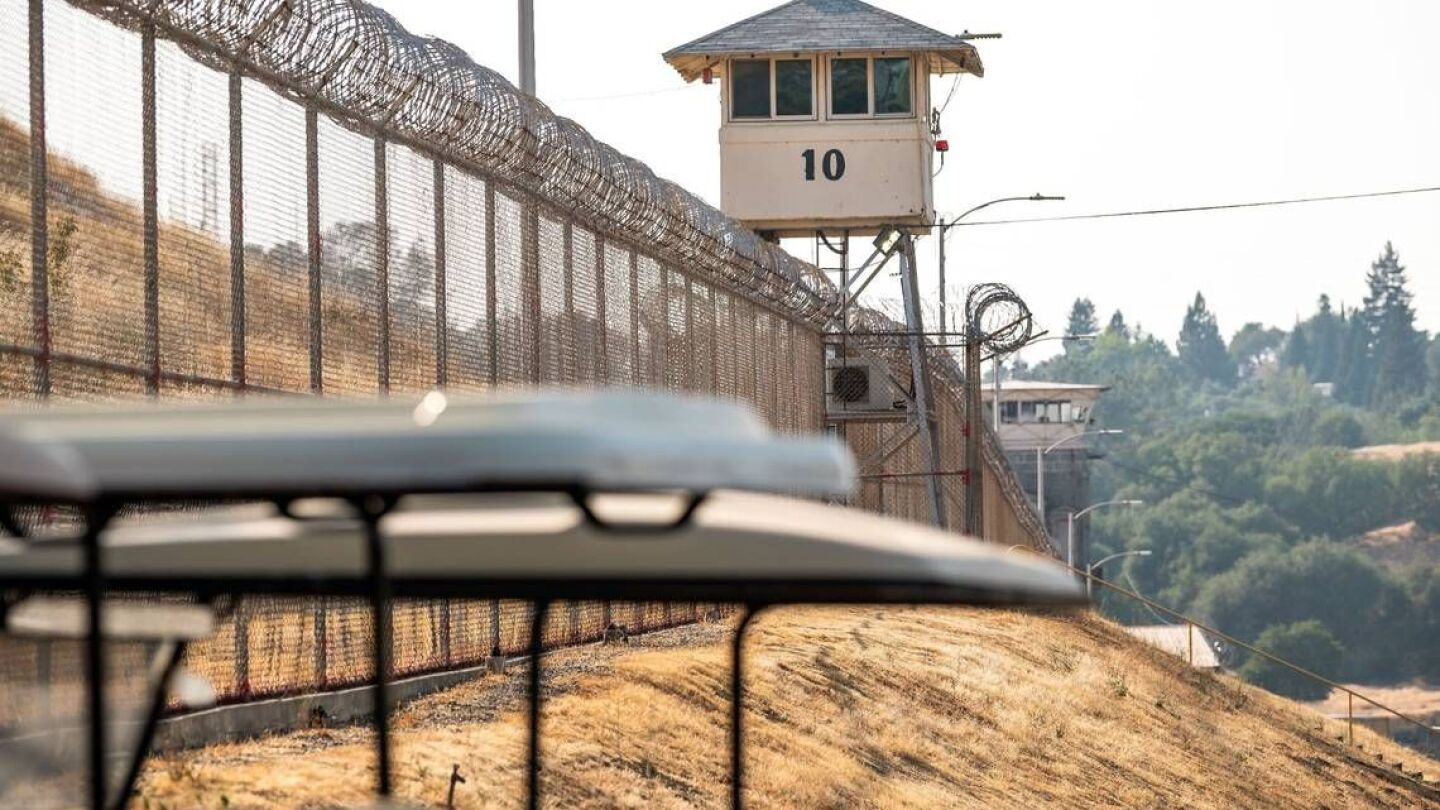Re-Entry and Recidivism
The Re-Entry and Recidivism section focuses on the challenges and strategies for helping former inmates successfully reintegrate into society while reducing the likelihood of reoffending. This directory provides articles and resources on effective re-entry programs, support services, and policies to lower recidivism rates. Understanding these concepts is vital for correctional professionals promoting rehabilitation and public safety. For more on inmate support, explore our section on Parole and Probation.
The new law raises wages for incarcerated firefighters from about $1 an hour to the federal minimum, with $10 million in state funding to support the increase
The Cuyahoga County jail suspended the program during COVID-19, but Sheriff Harold Pretel reinstated it, emphasizing education’s role in improving lives and reducing recidivism
“Arc of Redemption,” a welded sculpture made by inmates in the Muskegon Correctional Facility’s welding program, reflects themes of skill-building, focus and renewal
Prisoners can earn credits in a variety of ways; for example, earning a high school diploma or a high school equivalency certificate would earn a prisoner 120 days credit
Pell Grants were officially restored for incarcerated students in 2023, following a nearly 30-year ban that prohibited most incarcerated students from receiving the aid
The event, which had more than two dozen speakers sharing inspirational stories, was the first of its kind in a Virginia prison
Transforming corrections: The role of data-driven strategies and the human element in rehabilitation
Exploring how technology and personalized coaching methods can revamp corrections systems, reduce recidivism, and improve safety for correctional officers and inmates alike
The Vera Institute of Justice has developed an alternative approach to corrections that relies on dynamic security strategies, restorative practices and a mentorship model
Recidivism in Michigan has hovered around 30% in recent years and it reflects a sharp drop from 1998, when the rate was 45.7%, officials said
“Unlocked: A Jail Experiment” follows 46 inmates for six weeks without locks or officers in the Pulaski County Regional Detention facility
“Virginia’s consistently low recidivism rates demonstrate our commitment to evidence-based re-entry. We want everyone in our custody and under our supervision to make the best possible return to society,” VADOC Director Chad Dotson said
These individuals are a valuable source of information for your case file
“I’m most excited about applications designed to support those on supervision and improve outcomes.”
This research aims to shed light on the influence of leadership styles within correctional facilities on recidivism rates
By identifying patterns and making data-driven predictions, technology can help in assessing the risk factors associated with each offender
Bridging the gap: Enhancing communication between jails and probation departments through technology
Effective communication is critical in any setting, but it becomes even more significant within the context of the criminal justice system, where people’s lives and futures are at stake
“Coming to a women’s prison, I feel like it has really changed my perspective on why I work in prison reform,” Kim Kardashian said during her first visit to California Central Women’s Facility
Between July 2018, and June 2019, 36,086 individuals were released from state prisons, 41.9% of which went on to reoffend within a three-year period
As a part of broader reforms, the “Art in Max” project marks a small part of the beginning of the transformation of solitary confinement in Washington State prisons
The order “charts a new path for us to collaborate with all state agencies to address the needs of justice-involved people in every space,” Adult Correction Secretary Todd Ishee said
The pilot program would use taxpayer money to provide cash assistance to people leaving Colorado prisons if they agree to participate in a workforce development program
This program at the Denver County Jail will help people to get back on their feet and be productive citizens after they leave, which will in turn hopefully lead to reducing recidivism in Denver, Sheriff Elias Diggins said
The program assigns two inmate handlers to each dog; inmates are compensated for working with the dogs
A probation officer’s credibility is judged by the quality of their field visit documentation
The department’s vision centers around transforming the state’s correctional system, “which has been historically perceived as a punitive model, " shifting to a focus on rehabilitation and restoration, and reducing recidivism
The council suggests retraining corrections officers, reducing inmate numbers for individual cells, enhancing staff amenities and creating re-entry beds for post-release transition
The Correctional Training Facility hosted a friendly soccer match, with ESPN Deportes recording it all
Gypsy Rose Blanchard was released early in the day from the Chillicothe Correctional Center; she was granted parole after serving 85% of her sentence
Among the states that reported lower recidivism, Iowa, Kentucky, South Carolina, Tennessee and Virginia all have pointed to reentry or other rehabilitative programs as part of the reason
Digital technologies allow prison-involved individuals and their families the tools they need to maintain close relationships despite physical distance
The $498,500 grant will be used toward re-entry services and initiatives; these programs target underlying systems that cause criminal behavior which can have an impact on recidivism rates
Facilitating job access for returning citizens not only aids their reintegration but also addresses workforce shortages, officials said
“Removing barriers to reentry and providing justice-involved individuals with a second chance is critical to the rehabilitation process,” NYS DOCCS Acting Commissioner Daniel Martuscello said
MOST POPULAR
- Reintegration with freedom for registered sex offenders in California
- ‘Time to become me again’: What can America learn from Norway’s prisons?
- Notorious Georgia kidnapper out of prison again
- Roundtable: 7 critical issues in corrections in 2018
- The positive and negative effects of Obama’s early prison release program



































